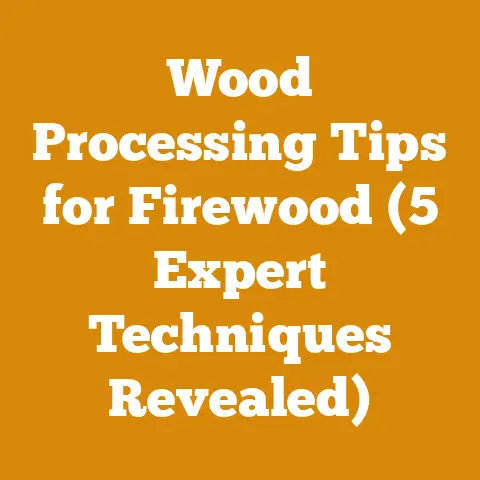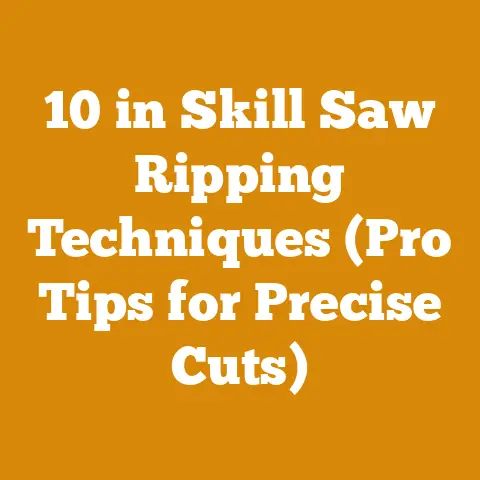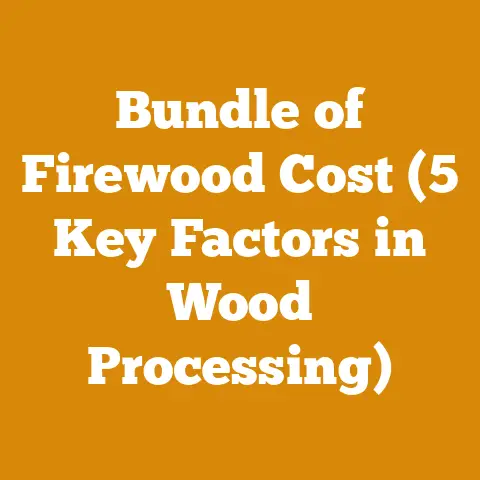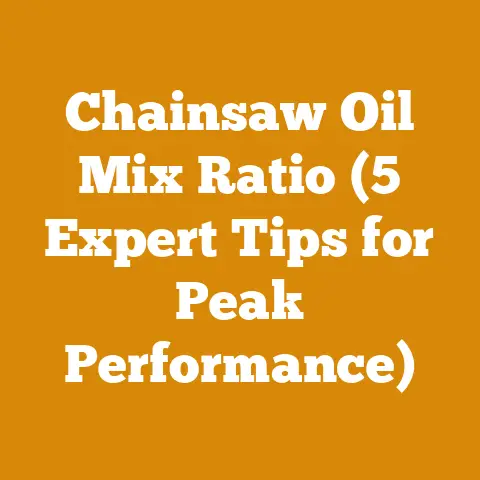Do Herbicides Kill Grass? (Selective Control for Hedge Care)
Do Herbicides Kill Grass? (Selective Control for Hedge Care) – Your Affordable Guide
Affordability is key when maintaining a pristine hedge. Nobody wants to break the bank just to keep their yard looking sharp. That’s why understanding how to selectively control grass around hedges using herbicides is so important. It’s about achieving professional results without the hefty price tag. This article dives deep into the world of herbicides, focusing on how to choose the right ones to eliminate unwanted grass while protecting your prized hedges, all while keeping your budget in check. Let’s get started on crafting that perfect, cost-effective landscape!
Understanding the Basics of Herbicides
Before we dive into specific product recommendations and cost analyses, it’s crucial to understand the different types of herbicides and how they work. This foundational knowledge will empower you to make informed decisions, saving you time, money, and potential damage to your hedges.
Selective vs. Non-Selective Herbicides
The most fundamental distinction is between selective and non-selective herbicides.
- Selective Herbicides: These are designed to target specific types of plants while leaving others unharmed. For hedge care, you’ll primarily be interested in selective herbicides that target grasses (graminicides) while sparing broadleaf plants (like your hedge).
- Non-Selective Herbicides: These kill virtually any plant they come into contact with. While they have their uses (like clearing an entire area), they are extremely risky to use near hedges unless you are incredibly careful with application.
Systemic vs. Contact Herbicides
Another important distinction lies in how the herbicide works.
- Systemic Herbicides: These are absorbed by the plant and translocated throughout its system, killing it from the roots up. They are generally more effective for perennial grasses that have extensive root systems.
- Contact Herbicides: These only kill the parts of the plant they directly touch. They are faster-acting but may require multiple applications, especially for persistent grasses.
Pre-Emergent vs. Post-Emergent Herbicides
Finally, herbicides can be categorized by when they are applied.
- Pre-Emergent Herbicides: These are applied to the soil before grass seeds germinate. They create a barrier that prevents seedlings from emerging. They are best used in early spring before the growing season begins.
- Post-Emergent Herbicides: These are applied to grasses that have already emerged. These are what you’ll use to kill existing grass around your hedges.
Identifying Common Grasses Around Hedges
Knowing which types of grass you’re dealing with is crucial for selecting the right herbicide. Different grasses have different tolerances and vulnerabilities. Here’s a rundown of some common culprits:
- Crabgrass: A common annual grass that thrives in sunny areas. It’s easily identified by its spreading, crab-like growth habit.
- Bermudagrass: A perennial grass that’s aggressive and difficult to control due to its extensive root system.
- Quackgrass: Another perennial grass that spreads via rhizomes (underground stems). It’s recognizable by its long, clasping leaves.
- Annual Bluegrass (Poa annua): A cool-season annual grass that’s often found in lawns and gardens.
- Tall Fescue: A coarse-textured grass that can be difficult to distinguish from desirable turfgrasses.
Selecting the Right Selective Herbicide for Grass Control
Now that we have a handle on the basics, let’s look at specific herbicides that are effective for controlling grass around hedges. Remember to always read and follow the manufacturer’s instructions carefully. Safety is paramount!
Graminicides: The Grass-Killing Specialists
Graminicides are selective herbicides specifically designed to kill grasses. They work by inhibiting an enzyme that is essential for grass growth. Fortunately, this enzyme is not present in broadleaf plants, making them safe for use around most hedges.
Some common active ingredients in graminicides include:
- Sethoxydim: Often found in products like Poast. It’s effective against a wide range of annual and perennial grasses.
- Fluazifop-p-butyl: Sold under various brand names. It’s particularly effective against perennial grasses like Bermudagrass and Quackgrass.
- Clethodim: Found in products like Select Max. It’s a systemic herbicide that provides excellent control of both annual and perennial grasses.
Product Recommendations and Cost Analysis
Let’s break down some specific product recommendations and analyze their costs. These prices are estimates and can vary depending on location, retailer, and promotions.
| Product Name | Active Ingredient | Type | Size | Estimated Price | Coverage Area (Approximate) | Notes |
|---|---|---|---|---|---|---|
| Poast Grass Killer | Sethoxydim | Systemic | 1 Pint | $25 – $35 | Up to 5,000 sq ft | Good all-around choice for annual and perennial grasses. Readily available. |
| Select Max Herbicide | Clethodim | Systemic | 1 Pint | $35 – $45 | Up to 10,000 sq ft | Excellent for tough perennial grasses like Bermudagrass and Quackgrass. May require a surfactant for optimal performance (adding to the cost, but increasing effectiveness). |
| Ornamec 17 Grass Herbicide | Fluazifop-p-butyl | Systemic | 1 Quart | $40 – $50 | Up to 10,000 sq ft | Specifically formulated for use around ornamental plants. Known for its good safety profile on broadleaf plants when used as directed. |
| Grass Getter | Sethoxydim | Systemic | 1 Pint | $20 – $30 | Up to 5,000 sq ft | A more budget-friendly option. May require multiple applications for persistent grasses. |
Cost Considerations:
- Concentrate vs. Ready-to-Use: Concentrates are generally more economical in the long run, as you can mix them to the precise concentration needed. Ready-to-use products are convenient but often more expensive per application.
- Coverage Area: Pay close attention to the estimated coverage area. Calculate the actual area you need to treat to determine how much product you’ll need.
- Multiple Applications: Some grasses may require multiple applications, especially if they are well-established or perennial. Factor this into your cost estimate.
- Surfactants: Some herbicides, like Select Max, recommend the addition of a surfactant (a wetting agent) to improve their effectiveness. This will add to the overall cost. A good surfactant can cost anywhere from $10-$20 for a pint.
My Experience:
I once tried to save money by using a cheaper, generic grass killer around my boxwood hedge. It didn’t work nearly as well as Poast, and I ended up having to re-apply it multiple times. In the end, I spent more money and time than if I had just used the better product in the first place. Sometimes, it pays to invest a little more upfront.
Application Techniques for Selective Herbicide Use
Even the best herbicide will be ineffective if it’s not applied properly. Here are some key application techniques to keep in mind:
Timing is Everything
- Ideal Conditions: Apply herbicides on a calm day (no wind) when the grass is actively growing. Avoid applying during periods of drought stress or extreme heat, as this can reduce the herbicide’s effectiveness and potentially damage your hedges.
- Rainfall: Check the weather forecast before applying. Most herbicides require a few hours of dry weather to be absorbed properly.
Proper Mixing and Dilution
- Follow Instructions: Always follow the manufacturer’s instructions for mixing and dilution rates. Using too much herbicide can damage your hedges, while using too little will result in poor control.
- Accurate Measurement: Use a calibrated measuring cup or syringe to ensure accurate measurements. Don’t guess!
Application Methods
- Spot Treatment: For small areas of grass, a spot treatment using a handheld sprayer is the most efficient and precise method.
- Shielded Sprayer: When treating larger areas, use a shielded sprayer to prevent the herbicide from drifting onto your hedges.
- Wick Applicator: For extremely sensitive situations where you want to avoid any contact with your hedges, a wick applicator can be used to selectively apply the herbicide directly to the grass blades. This is a slow but highly precise method.
Protective Gear
- Safety First: Always wear appropriate protective gear, including gloves, eye protection, and long sleeves, when handling herbicides.
Minimizing Risk to Your Hedges
While selective herbicides are designed to target grasses, there is always a risk of accidental damage to your hedges. Here are some tips to minimize that risk:
- Read the Label: I can’t stress this enough – always read and understand the herbicide label before using it. Pay close attention to any warnings or precautions related to specific plant species.
- Test on a Small Area: If you’re unsure how a particular herbicide will affect your hedges, test it on a small, inconspicuous area first. Wait a few days to see if there are any signs of damage before treating the entire area.
- Avoid Overlap: Be careful not to overlap your spray patterns, as this can lead to excessive herbicide concentration and potential damage.
- Protect Young Hedges: Young, newly planted hedges are more susceptible to herbicide damage than established plants. Take extra precautions when treating grass around them.
- Use a Shield: As mentioned earlier, using a shield around your sprayer nozzle can prevent the herbicide from drifting onto your hedges. A piece of cardboard can work in a pinch.
- Rinse Immediately: If you accidentally get herbicide on your hedges, rinse them immediately with water.
Alternative Methods for Grass Control
While herbicides can be an effective tool for grass control, they are not the only option. Consider these alternative methods:
Cost Breakdown
Here’s a sample cost breakdown for a typical hedge care project, including grass control:
| Item | Description be found. * Hedge Trimming: Regular trimming helps maintain the hedge’s shape and density, preventing the need for drastic pruning later on. * Fertilizing: Proper fertilization promotes healthy growth and reduces the hedge’s susceptibility to pests and diseases. * Watering: Adequate watering, especially during dry periods, is essential for the hedge’s survival and vigor.
Statistical Data and Industry Benchmarks
- Average Cost of Professional Hedge Trimming: According to HomeAdvisor, the average cost of professional hedge trimming ranges from $50 to $100 per hour. This can vary depending on the size and complexity of the job.
- Cost of Herbicide Treatment: The cost of herbicide treatment can range from $0.10 to $0.20 per square foot, depending on the product used and the application method.
- Mulch Prices: Mulch prices vary depending on the type and quantity purchased. A cubic yard of wood chips can cost anywhere from $20 to $50.
Cost Optimization Strategies
- DIY vs. Professional: Consider whether you can handle the hedge care tasks yourself or if you need to hire a professional. DIY can save you money on labor costs, but it requires time, effort, and the right tools.
- Bulk Purchases: Buying herbicides and mulch in bulk can often save you money.
- Preventative Measures: Implementing preventative measures, such as mulching and edging, can reduce the need for costly herbicide treatments.
- Compare Prices: Shop around and compare prices from different retailers and service providers to find the best deals.
- Seasonal Discounts: Look for seasonal discounts on hedge care products and services.
Case Study: Saving Money on Hedge Maintenance
I once worked with a client who had a long row of overgrown hedges that were infested with grass. They were considering hiring a professional landscaping company to completely renovate the hedges, which would have cost thousands of dollars.
Instead, I recommended a more cost-effective approach. We started by manually removing as much of the grass as possible. Then, we applied a selective herbicide to kill the remaining grass. Finally, we mulched the hedge bed to prevent future grass growth.
By taking this approach, we were able to save the client over $2,000 compared to the cost of a full renovation.
Actionable Takeaways and Next Steps
- Identify the Grass: Determine which types of grass you’re dealing with around your hedges.
- Choose the Right Herbicide: Select a selective herbicide that is effective against those grasses and safe for your hedges.
- Follow Instructions Carefully: Read and follow the manufacturer’s instructions for mixing, application, and safety precautions.
- Consider Alternatives: Explore alternative methods for grass control, such as manual removal or mulching.
- Create a Budget: Develop a budget for your hedge care project, taking into account the costs of herbicides, tools, labor (if applicable), and preventative measures.
- Monitor and Maintain: Regularly monitor your hedges for grass growth and take action as needed to maintain a healthy and weed-free environment.
Conclusion: Achieving a Pristine Hedge on a Budget
Maintaining a beautiful hedge without breaking the bank is entirely achievable. By understanding the principles of selective herbicide use, employing proper application techniques, and implementing cost-effective maintenance strategies, you can create a stunning landscape that enhances your property’s value and curb appeal. Remember, a little planning and effort can go a long way in achieving your desired results. So, get out there, tackle that grass, and enjoy the satisfaction of a well-maintained, affordable, and beautiful hedge!






